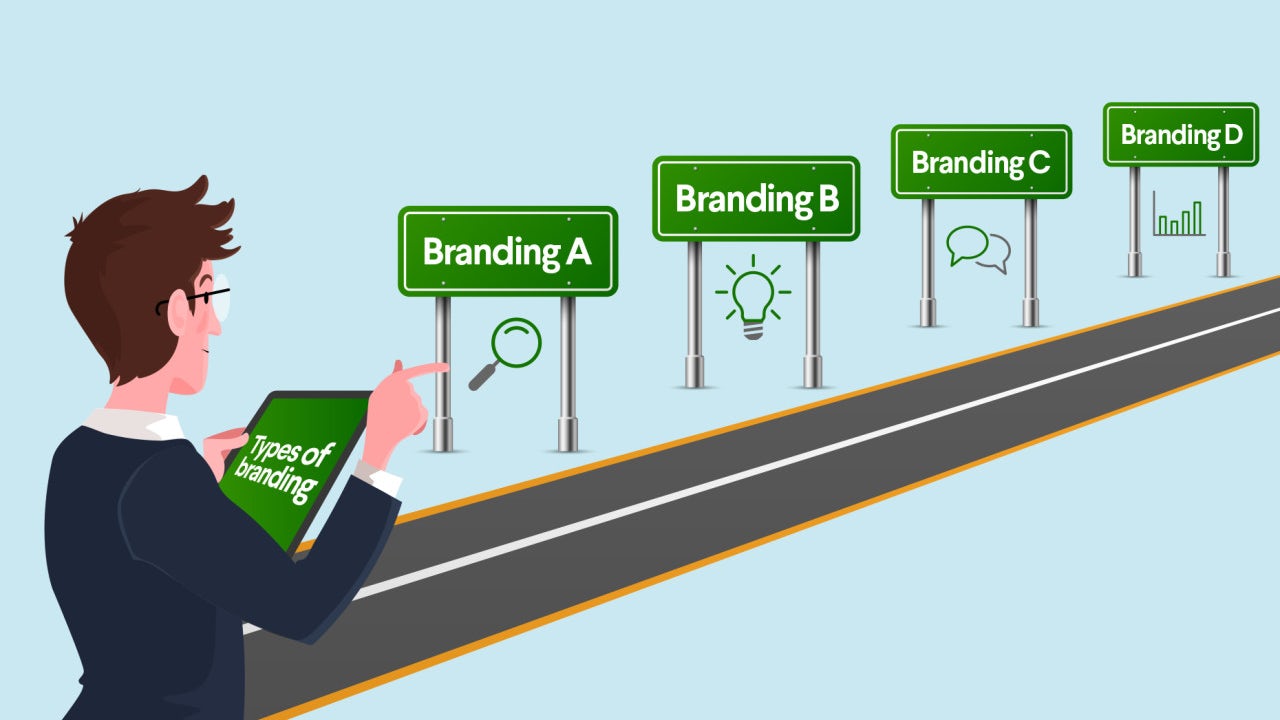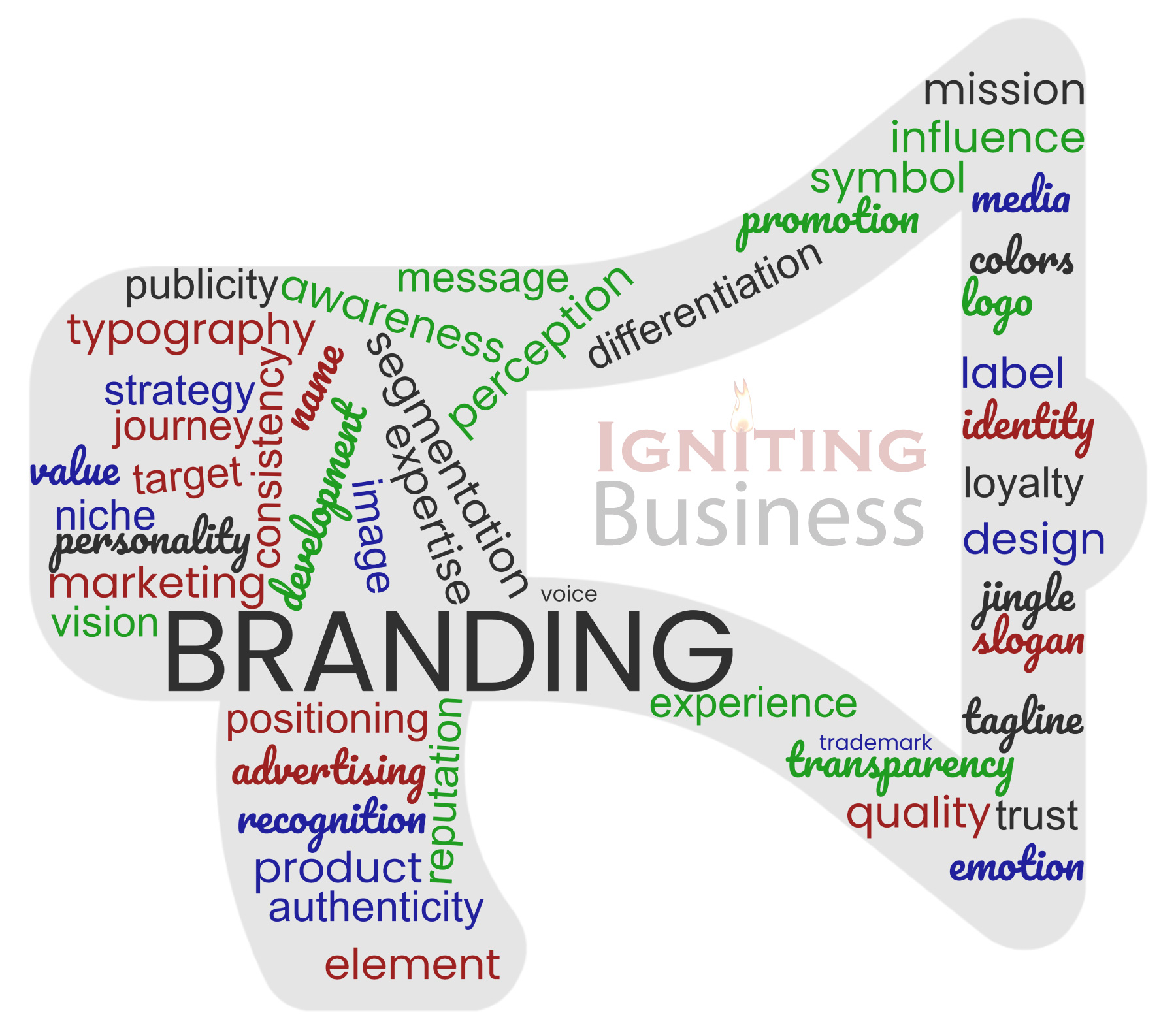
Types of Brand Strategy and How to Use Them
When developing a brand strategy, you must recognize that there are many different types of branding. Your brand strategy is based on an understanding of your target audience, the type of marketing campaigns you want to run, and the end goal. Each of these variables will define your approach.
The Principles of An Effective Brand Strategy
A brand is more than just your company’s logo, slogan, or even its name. A branding strategy involves defining the company’s purpose, target market, and value proposition.
Once you have defined what you stand for, you need to generate brand equity. This is simply showing customers that those brand values are not simply empty words.
It takes time and resources to build a brand and generate brand equity. The investment is worth all the name recall and repeat business that will result.
Different companies will require different approaches to branding to generate brand equity. In this guide, we take a close look at the types of branding, so you understand what they are, and importantly how they can be leveraged to help you achieve your business objectives.
Types of Brand Strategy
1. Personal branding
At first, it can feel kind of strange to think of a person as having a brand. After all, we’re not products, we’re people. And we have inborn personalities, not cultivated brands. when we talk about personal branding, we’re not talking about creating a personality for yourself. We’re talking about building a public persona that accurately communicates your unique personality. Personal branding happens on social media and in face-to-face environments where others’ perception of you can have a massive impact on your professional and social reputation—in a good or disastrous way.
2. Service branding
Unlike products, which are easy to brand in visible and tangible ways, services are a little more challenging to brand. But that doesn’t mean brands can’t do it effectively—they just have to be willing to think outside the box. Often, service branding comes in the form of “extras”, like an insurance company sending all their customers rebate checks at the end of the year or a hotel offering free cookies at the concierge desk. Service branding can also come in the form of meeting specific expectations that set a company apart from their competitors, like a cable company connecting customers with human customer service reps rather than automated prompts, when they call.
3. Geographic Branding
Geographic brand strategy seeks to attract people to visit or invest in a company or region because of a geographic association. Cities, regions, and entire countries practice geographic branding by capitalizing on the things that set them apart from other areas, such as tourist attractions or areas of natural beauty.
4. Cultural Branding
Cultural branding seeks to build a positive shared identity and reputation for the people living in a particular place or of a specific nationality. It is closely linked to geographic branding. The two types of branding go hand in hand – a place’s geography influences the culture of its people, and human activities affect the place.
New York City, the “city that never sleeps,” is known as the world’s financial and commercial capital. But it is also one of the world’s cultural centers, influencing music, entertainment, fashion and art worldwide. The people who live there have a reputation for living a hectic, fast-paced lifestyle.
5. Corporate branding
If a company is a person, their corporate branding is how they express their personality. Corporate branding, just like other kinds of branding, is the series of design choices and actions that communicate key points about the brand, like its:
- Values
- Mission
- Price point
- Exclusivity
- Ideal consumer
Corporate branding goes beyond website design and ads. It includes how the company conducts themselves socially and professionally, like partnering with specific charities or responding to current events. Corporate branding also often extends to the company’s recruiting efforts and company culture, which ultimately shapes how the public perceives the brand.



